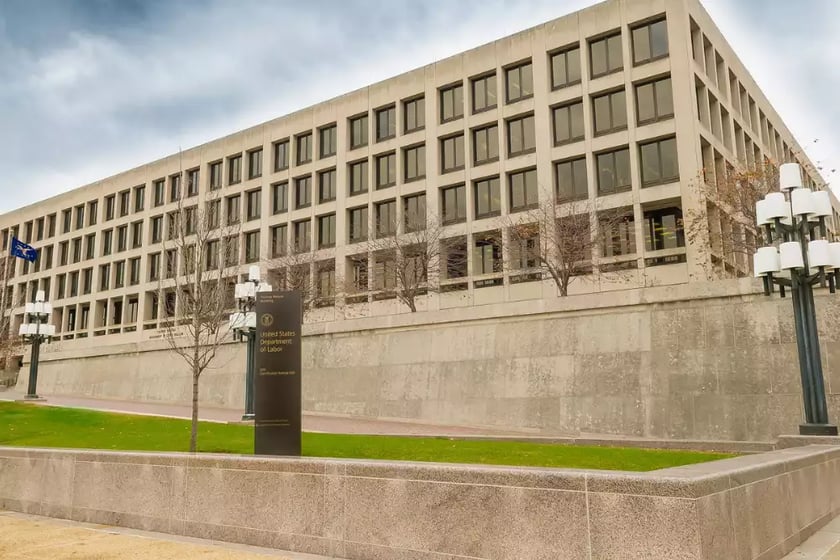By
Randy Clayton
on
Feb
25,
2021
3 min read
0 comment(s)

News Update (May 7, 2021): In April, responding to President Joe Biden's executive order, OSHA submitted a draft of the Emergency Temporary Standard (ETS) to the White House for review. However, at this time, OSHA has stated there currently is no target date for issuing an ETO related to COVID-19. This may be in part to a reported deficit of approximately 200 OSHA inspectors, which would make it difficult for OSHA to investigate every complaint.
Amid ongoing efforts to stop the spread of COVID-19, President Joe Biden on Jan. 21 ordered the Occupational Safety and Health Administration (OSHA) to consider emergency temporary standards to reduce the risk of employees contracting COVID-19 in the workplace.
If OSHA decides emergency temporary standards, “including with respect to masks in the workplace,” are necessary, Biden’s executive order directs that the standards must be issued by March 15.
Kansas and Missouri do not require employers to have written COVID-19 plans. But, according to a Jan. 27 report by national labor and employment law firm Fisher Phillips, OSHA-approved standards already have been enacted by approximately 20 states, including California, Michigan, Oregon and Virginia. Because Virginia’s plan falls in the middle in terms of stringency, it may serve as a model for federal standards. That plan requires many employers to, among other things:
In a Jan. 13 blog post, employment law firm Ogletree Deakins suggested that an OSHA temporary standard might contain some or all of the following requirements:
Considering that numerous requirements are likely to emerge from a federal emergency COVID-19 standard, employers should take three steps now to ensure that they will be in compliance:
Most employers already understand the importance of providing a safe environment for their employees to work in. But as they face the probability of a federal emergency standard for COVID-19, it’s more important than ever for businesses to root out workplace safety hazards.
Let us know what you think...